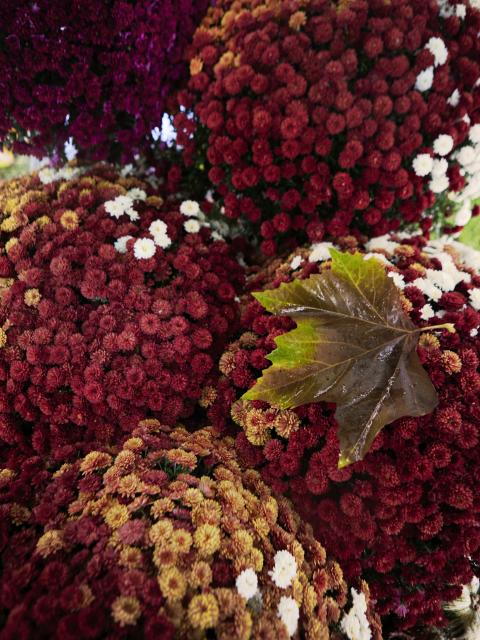You’re bound to eat some pumpkin soup over the coming period. It’s not just tasty, but also healthy, since it’s pure vegetable. It’s also a meal that offers you an excellent opportunity to be sustainable, since you can grow new pumpkins from the seeds that you would usually throw away. They grow very quickly, so it’s a fun project to do with children. It produces some lovely greenery for indoors, and next year they will turn into lovely garden bloomers. And with some water, bees and sunshine they will produce new pumpkins of their own accord.
Growing pumpkin seeds
What you need:
-
1 Pumpkin
-
Kitchen paper
-
Potting soil
-
Propagation tray
-
Pots
Let's get to work
Step 1. Rinse the pumpkin’s seeds in a colander and leave them to dry on a radiator on kitchen paper. You can store them in a dry, dark spot and sow them in early spring (after February). But you can also plant them straightway if you want to grow them indoors.
Step 2. To do this, spread the seeds across a tray with cutting or propagation soil, planting them 3-4 cm deep. Water moderately with a plant spray (pumpkin seeds will quickly rot if they’re too damp). The will germinate after a week. Leave to grow until they’re 5 cm tall, then prick out.
Step 3. They will become attractive plants with fairly large green leaves which are slightly downy. They can grow enormously with long tendrils which are best trained a bit. The easiest thing is to allow for this from the start with a sturdy pot.
Step 4. Slowly harden off the plants in the spring and place them outside, and the pumpkin will then flower at the start of the summer with large yellow flowers. If the insects do their job properly, the plant will produce fruit of its own accord. What is unusual is that the plant will continue to produce flowers. Depending on the variety, you can harvest between late summer and late autumn. Do not allow your pumpkins to get too big. It looks spectacular, but the flesh can then become spongy and flavourless.














